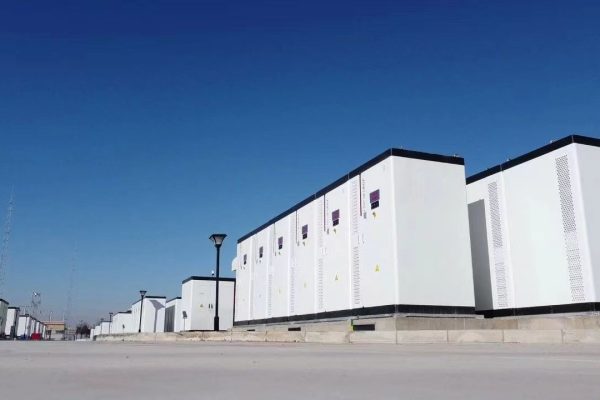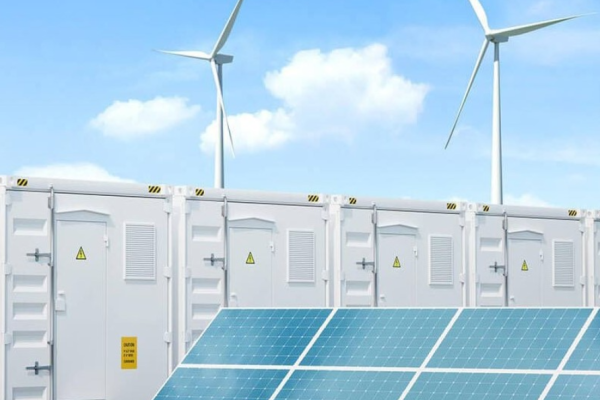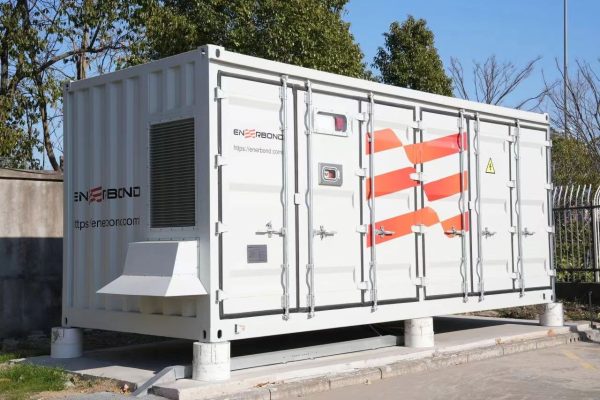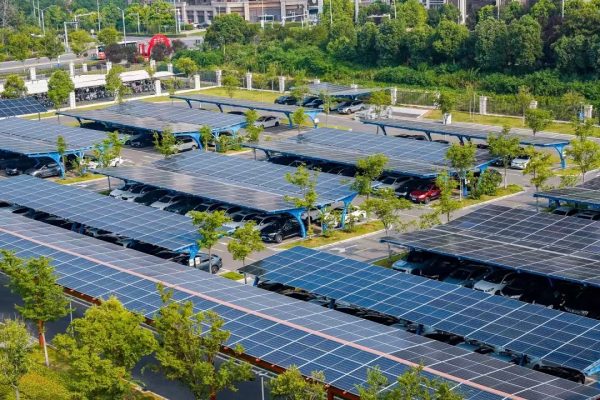Avoiding Hidden Pitfalls in Medium-Scale Energy Storage Projects
As energy storage becomes an essential part of modern power infrastructure, the number of 50kWh+ battery storage systems has surged — especially in C&I (Commercial and Industrial) applications. However, as system sizes grow beyond the residential scale, so do the design complexities.
For small- to medium-sized integrators or installers entering this segment, it’s easy to underestimate critical design parameters — leading to costly performance issues, safety risks, or compliance failures. In this article, we’ll highlight the most common design mistakes in 50kWh+ battery energy storage systems (BESS) and offer practical tips to avoid them.
1. Underrating System Voltage Compatibility
Mistake:
Choosing components (battery packs, BMS, inverters) with mismatched voltage ranges.
Why it happens:
In 50kWh+ systems, installers often combine multiple battery modules in series to raise the system voltage (e.g., 96V, 192V, or even 512V). However, not all inverters or BMSs can tolerate high voltages, especially during cold starts or peak charge.
Consequences:
- Inverter overvoltage alarms or shutdowns
- Reduced round-trip efficiency
- Risk of BMS/inverter failure
Tips:
- Confirm the full operating voltage window (min–max) of the battery stack.
- Choose inverters with a safety buffer of at least 10% above max battery voltage.
- If using third-party BMS, ensure proper CAN/RS485 mapping for voltage feedback.
2. Improper Battery Pack Configuration
Mistake:
Mixing old and new cells, or different chemistries/modules in one system.
Why it happens:
In an effort to reduce costs or reuse old modules, some integrators combine different battery batches or even mix LFP and NMC chemistries.
Consequences:
- Imbalance during charge/discharge
- Uneven aging and poor cycle life
- BMS failure or shutdown due to fault detection
Tips:
- Always use matched battery modules from the same batch.
- Avoid mixing chemistries unless you have advanced BMS logic and separate current paths.
- Log module serial numbers and match internal resistance values before system integration.
3. Neglecting Thermal Management
Mistake:
Assuming passive air cooling is sufficient for medium-sized systems.
Why it matters:
50kWh+ systems generate considerable heat, especially under high charge/discharge rates (>0.5C). Passive cooling may be enough in mild climates but fails in enclosed rooms or summer conditions.
Consequences:
- Accelerated battery degradation
- Risk of thermal runaway
- Warranty void due to excessive temperature
Tips:
- Maintain cell temperatures between 15–35°C.
- Use temperature sensors inside each battery cabinet.
- For systems >100kWh or >0.5C rate, consider active air flow or liquid cooling.
4. Inadequate Cable Sizing and Layout
Mistake:
Using undersized DC cables or routing them with poor symmetry.
Why it matters:
At 100V+ and 200A+, even slight resistance causes voltage drops and heat. Uneven cabling can also lead to current imbalance across strings.
Consequences:
- Reduced system efficiency
- Hot spots or burned connectors
- Overload on individual battery strings
Tips:
- Use proper cross-sectional area (mm²) based on current and distance.
- Ensure identical length and gauge for all parallel battery strings.
- Use copper busbars where possible to reduce resistance.
5. BMS and Inverter Communication Gaps
Mistake:
Assuming all BMS and inverter brands are plug-and-play compatible.
Why it happens:
Many integrators expect that RS485 or CAN communication will automatically sync SoC, voltage, and alarms.
Consequences:
- Inverter runs on incorrect state of charge (SoC) data
- False alarms or no response to overcurrent/overvoltage
- Poor charge/discharge control, damaging batteries
Tips:
- Use pre-tested BMS–inverter combinations or request CAN protocol files from both vendors.
- Perform live communication tests during commissioning.
- If unsure, use voltage-control mode instead of full communication control.
6. Improper Grounding and Earthing
Mistake:
Skipping proper grounding design or creating ground loops.
Why it matters:
At higher voltages, leakage current and EMI (electromagnetic interference) are real risks. Poor grounding can damage sensitive electronics or trip breakers.
Consequences:
- Unstable inverter operation
- EMI issues affecting nearby devices
- Safety compliance failures
Tips:
- Use a single-point grounding system where possible.
- Avoid connecting neutral and ground together unless required.
- Use shielded cables and proper EMC filtering if required.
7. Ignoring Local Regulations and Certifications
Mistake:
Designing systems without checking local grid codes or safety regulations.
Why it matters:
Each country or region may have different safety, fire, and grid interconnection standards. These are stricter for systems above 50kWh.
Consequences:
- Failed inspections
- Insurance void
- Penalties or project cancellation
Tips:
- Confirm certifications such as UL9540A, IEC62619, CE, UN38.3 before purchase.
- Study grid interconnection requirements (e.g., IEEE 1547, EN50549).
- Work with vendors who provide pre-certified energy storage systems.
8. Underestimating Load Profile and Application Use
Mistake:
Sizing the storage system based on energy (kWh) only, not power (kW) or actual usage patterns.
Why it matters:
Two systems with 100kWh can perform very differently depending on load spikes, peak demand, or backup time needs.
Consequences:
- Inability to meet power demand
- Short runtime during blackout
- Battery degradation from deep cycles
Tips:
- Analyze load profiles: peak power, duration, cycles per day.
- Size both kWh and kW to match real-world usage.
- Consider hybrid systems (solar + storage) to offset grid load.
As more installers move from residential into commercial-scale storage, 50kWh+ systems present great opportunities — but also more complexity. The key is to treat each project as a system, not just a collection of parts.
At [Your Company Name], we support small and medium-sized integrators with technical design consulting, certified battery systems, and global logistics support. If you’re planning to deploy 50kWh to 1MWh systems, we can help you avoid the costly mistakes and design smarter from the begin









